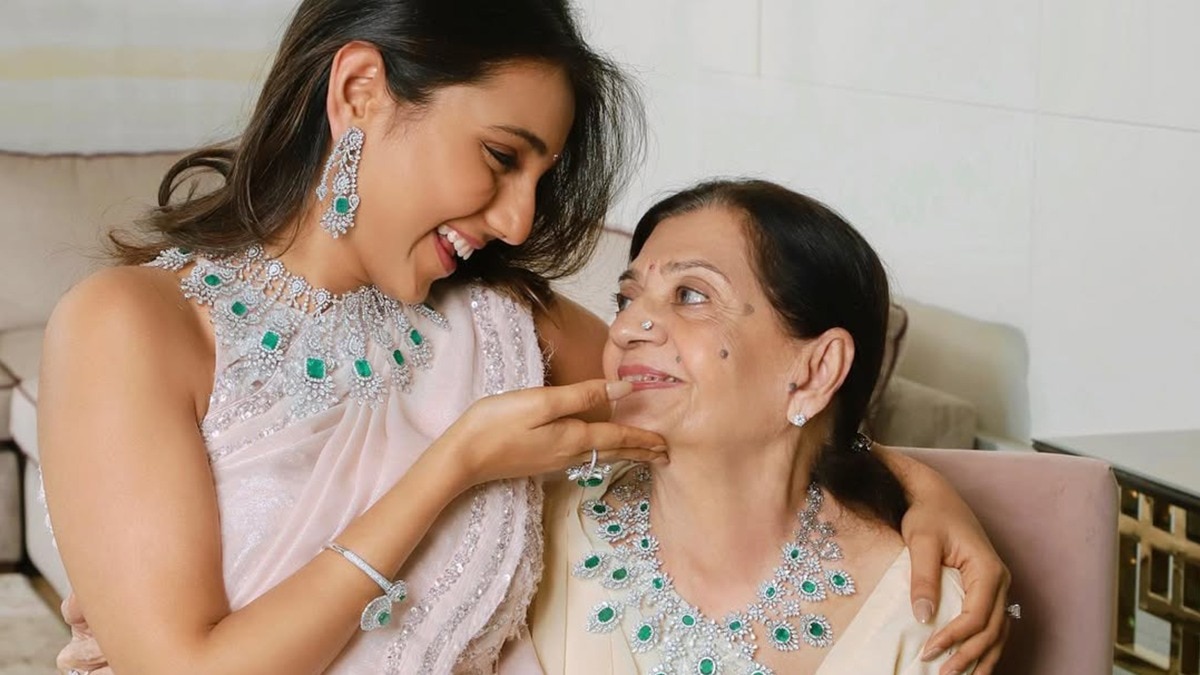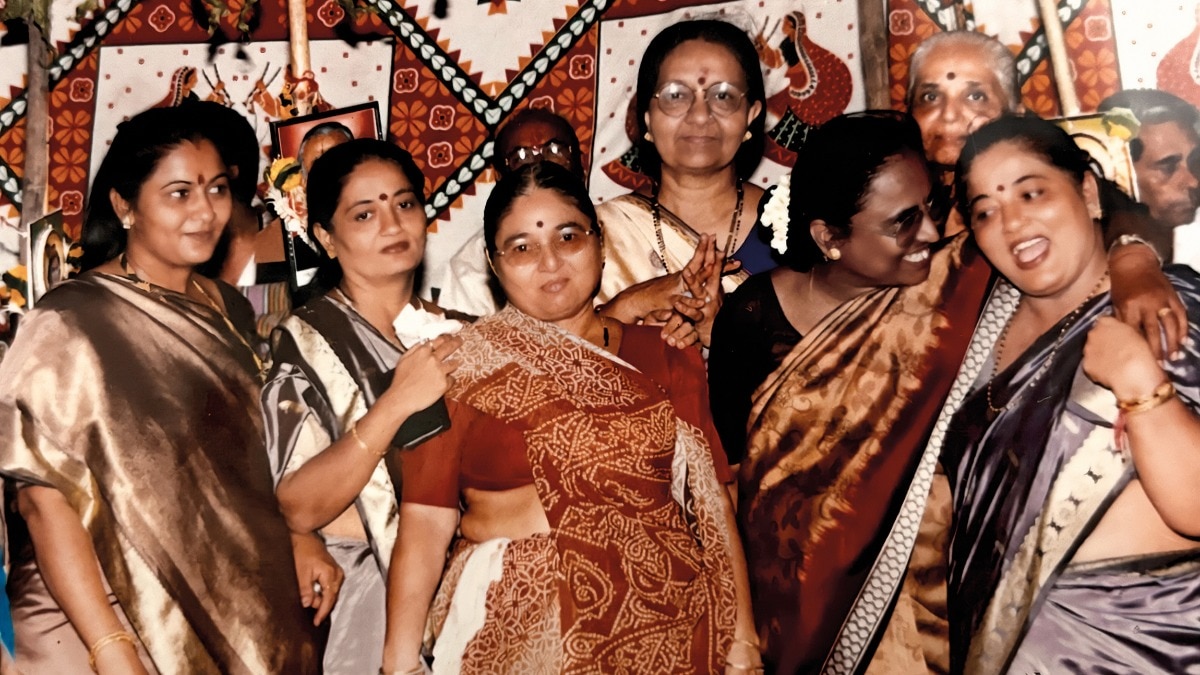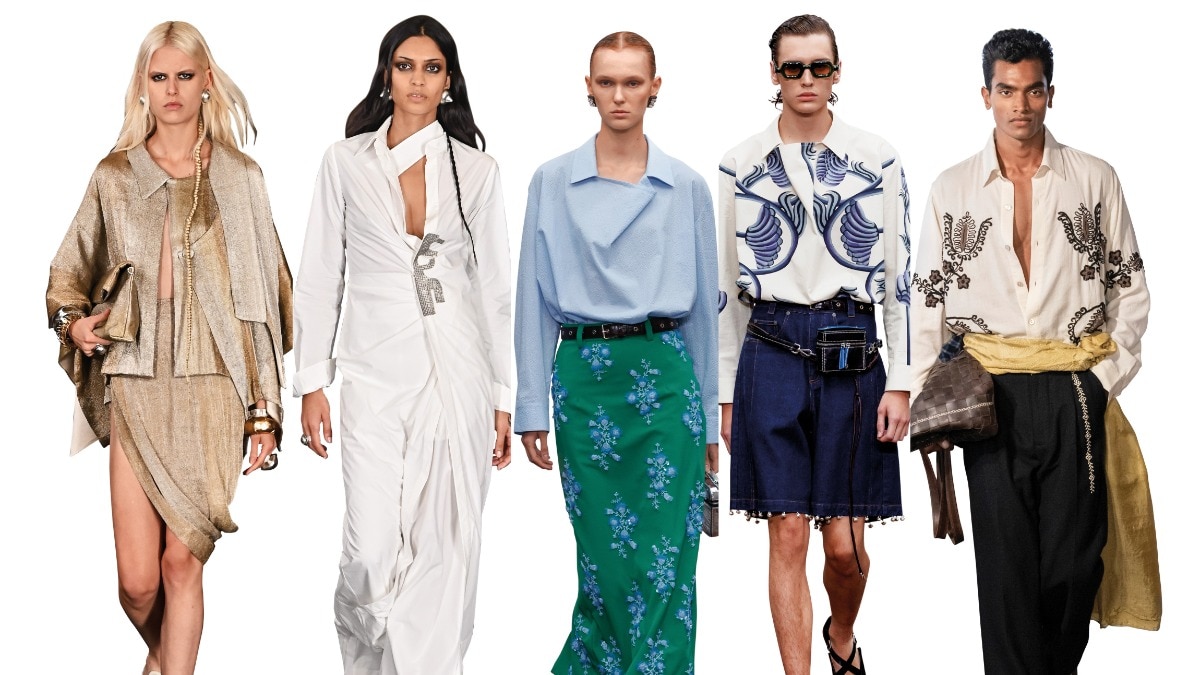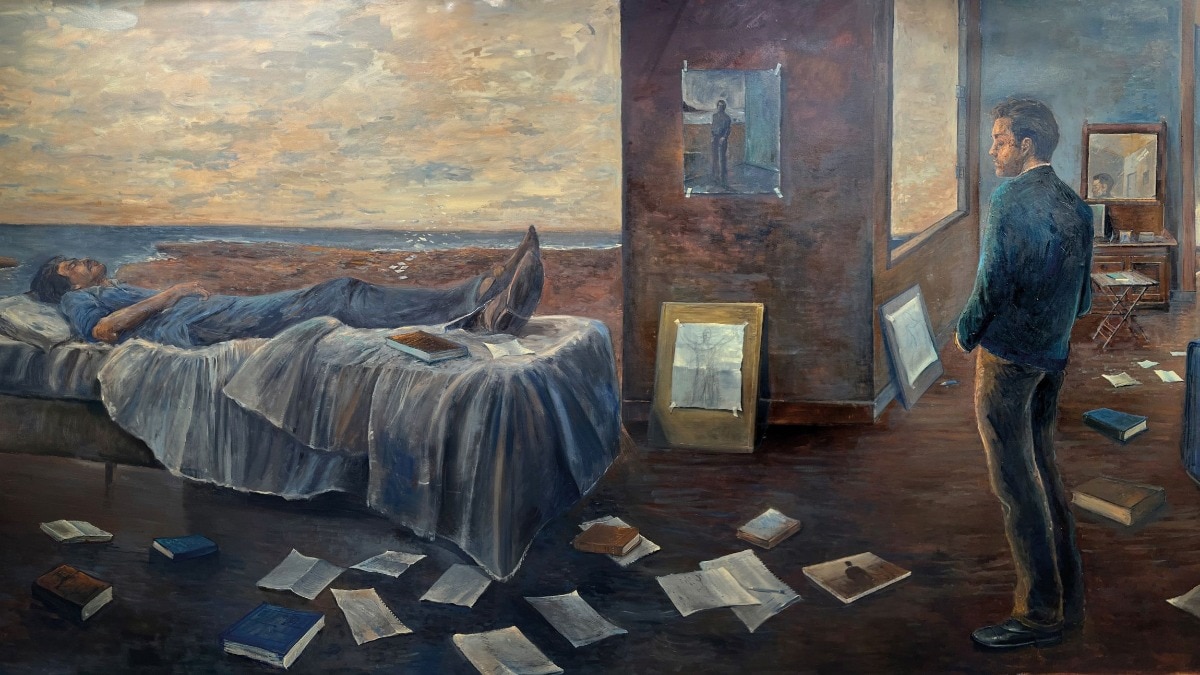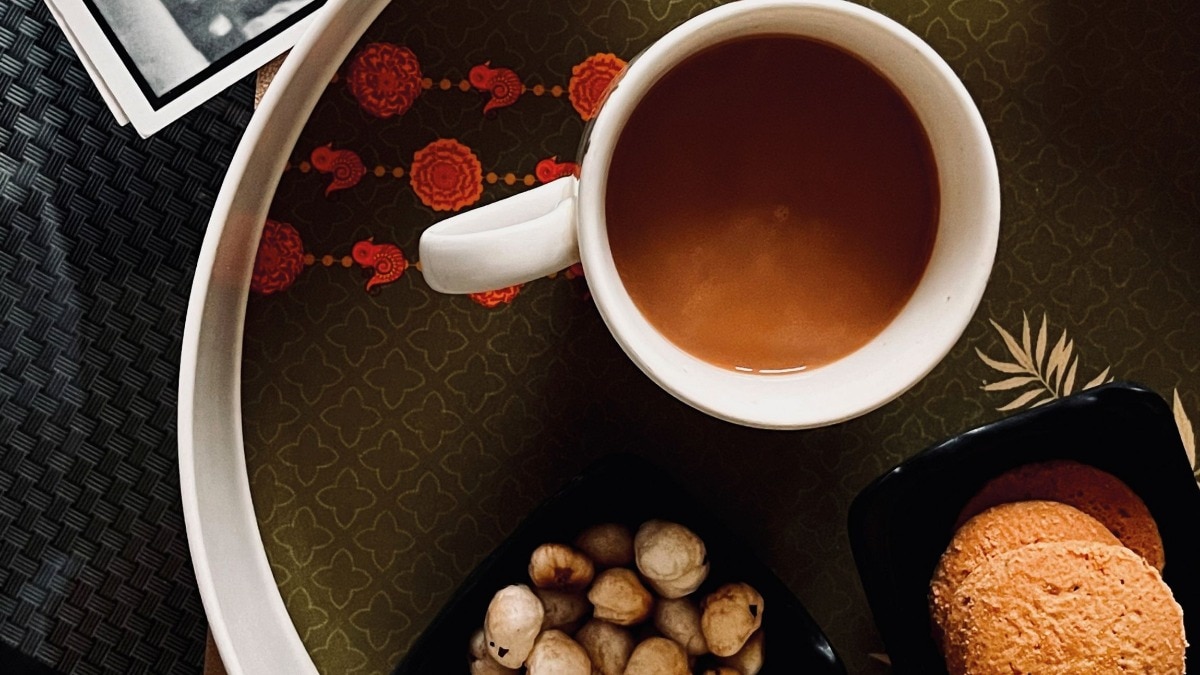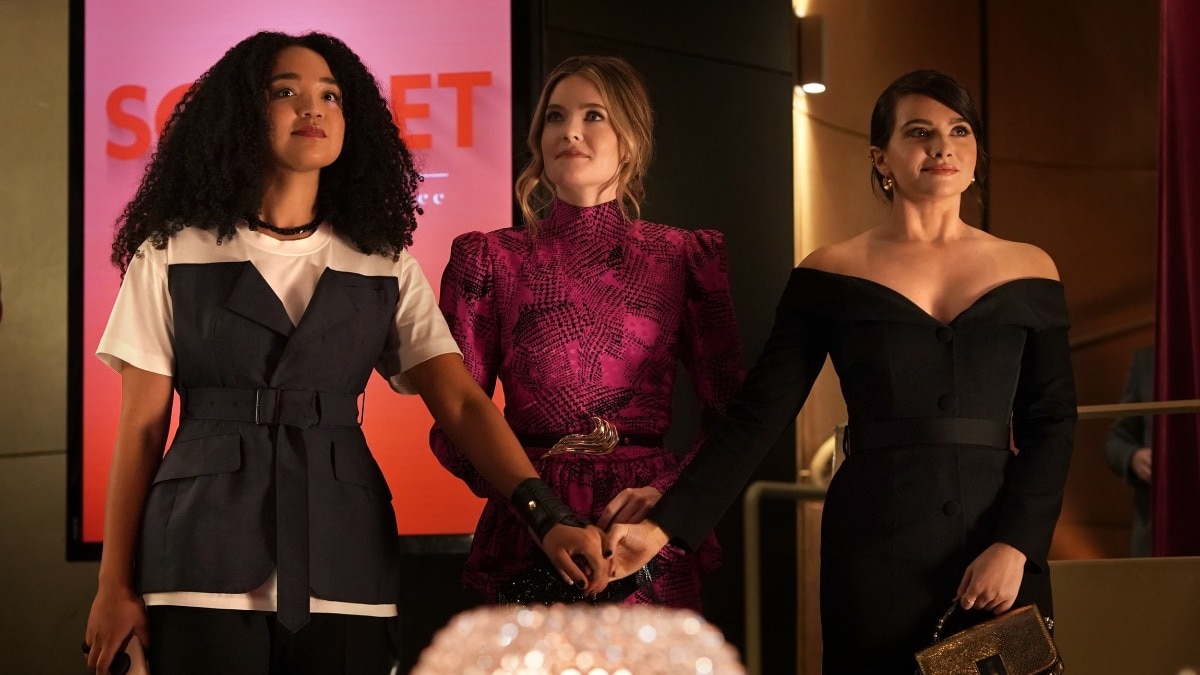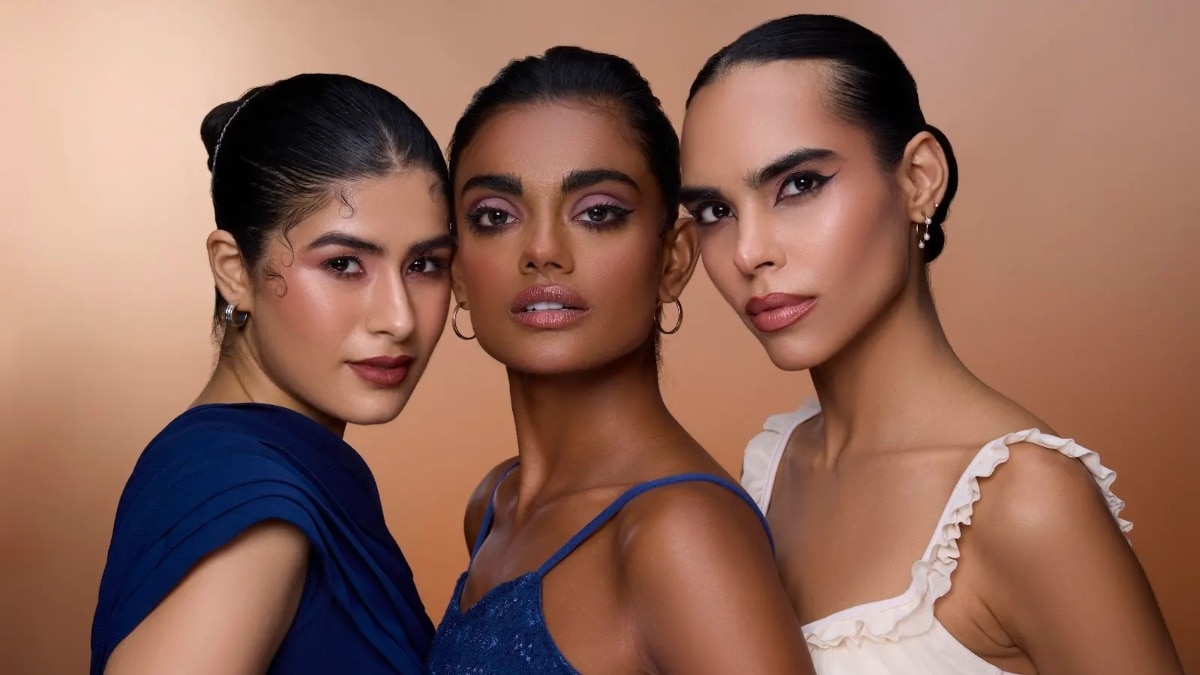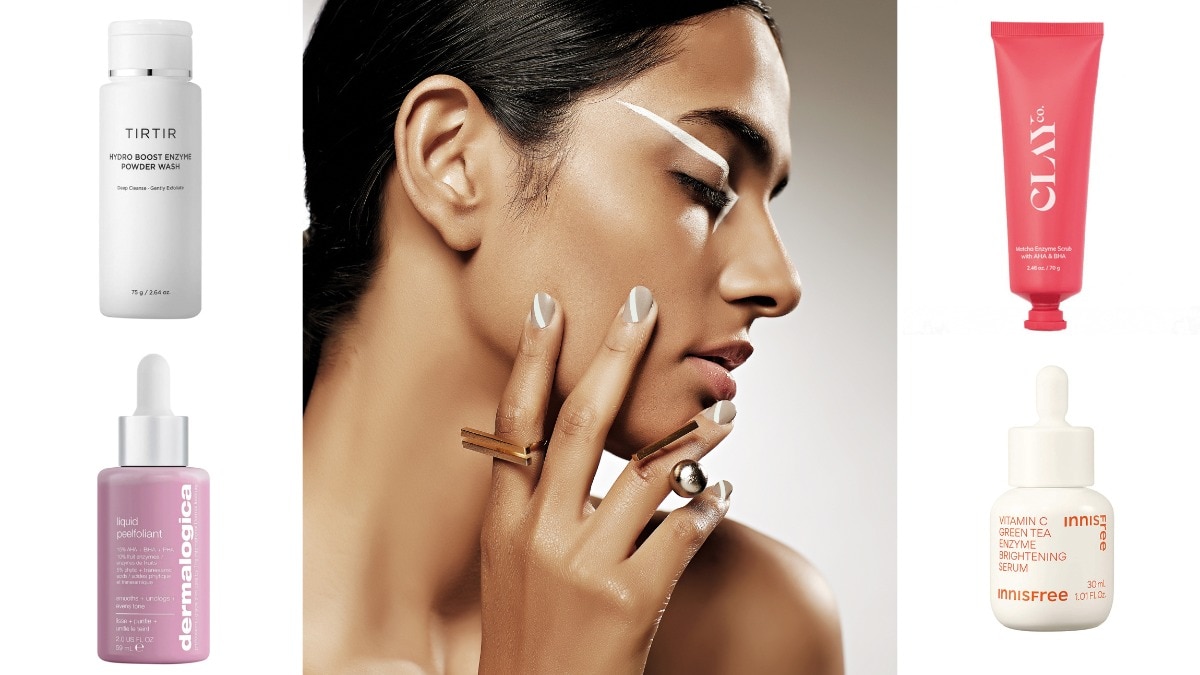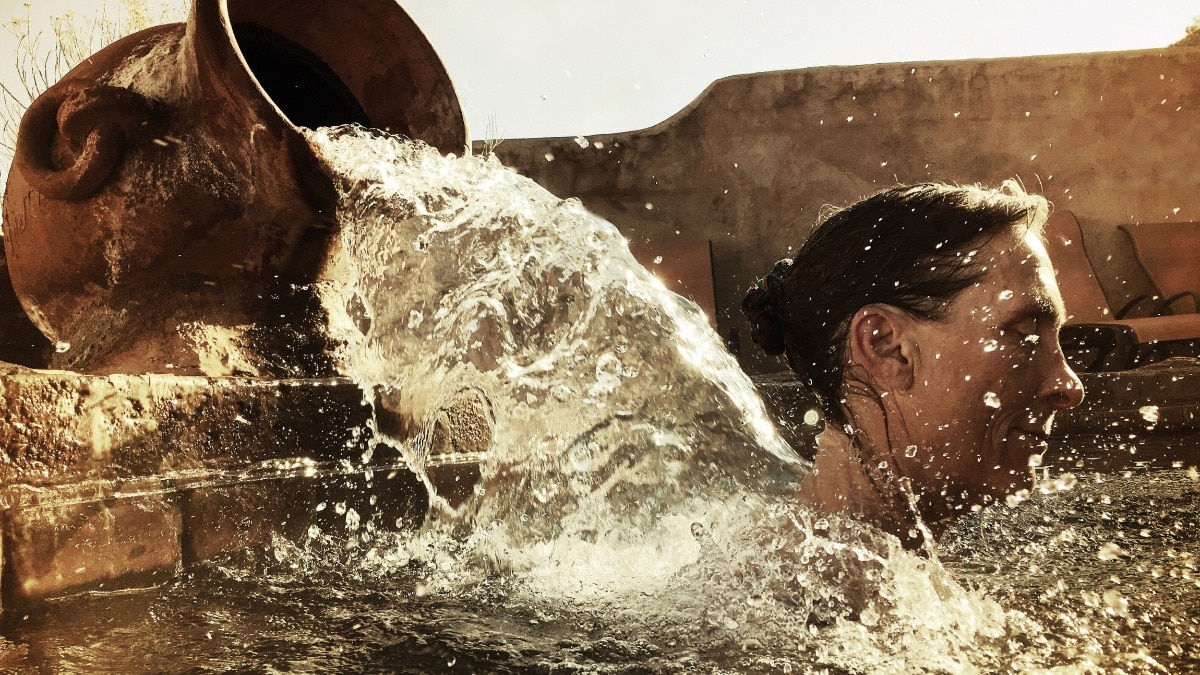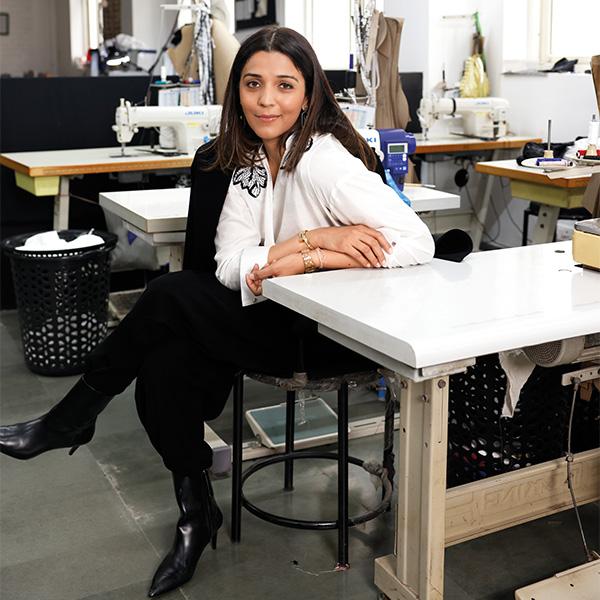
Inside 431-88: Shweta Kapur’s journey from easy separates to modern bridalwear
With a vision rooted in refined everyday elegance and a nod to modern minimalism, fashion designer Shweta Kapur is poised to take on challenges.


"When I started 431-88, it was like my child. I was taking care of everything and getting it all together. It has now entered the late teenage phase, where it has a personality of its own,” laughs Shweta Kapur. It has been over a decade, and she has successfully positioned her brand in the ready-to-wear category designed for the quintessentially modern Indian woman. She has expanded into menswear and has recently launched her bridal line. The ethos has always been the grounding value—to work with separates and dress someone who’s on the go. The vision stemmed from the need to create a lifestyle brand and prioritise convenience. “Getting dressed should not feel like an ordeal. We have enough stress in life regardless. This should be the least of your concerns,” she tells me.

We are at Kapur’s atelier in Faridabad. The ease is reflected in the wide and empty hallways juxtaposed with glass-walled rooms for production, design, and sales teams. The warmth is omnipresent—from the security guard’s welcoming wide smile and insistence on showing us in, her mother and partner, Seema Kapur’s gleaming eyes with pride at the mention of her daughter’s achievements, and the designer’s repeated offers of chocolates during the interview.
According to the designer, clothes should be something that you take out of a cupboard, wear them, and get on with your day looking fabulous, without compromising on comfort. And also have the momentum and the freedom to do whatever you want to do. “Whether you want to go pick up your kids from school, go for Pilates, pick up your coffee, or hop on a flight. Even if you have to attend a party or a wedding, dressing up shouldn’t weigh you down. This is why most of our clothes don’t require ironing. It comes from the fact that I’m a lazy person who’s always running late,” she laughs. What started as easy separates for the day transitioned into her signature high-leg, pre-draped saris, chic dhoti pants, draped skirts, knotted shirts, structured jackets, trench coats—the idea was to design basics for every occasion. It was her ‘comfort first’ ideal that led the designer to ditch the “hectic bridal lehenga” for her wedding last year, and opt for modern, standout ensembles. The pristine ivory moment, a sculpted satin, pre-draped sari paired with an off-shoulder pearl beaded blouse, and elevated by a sheer organza cape delicately dotted with hand-embroidered pearls, turned out to be the much-talked-about look from her wedding.
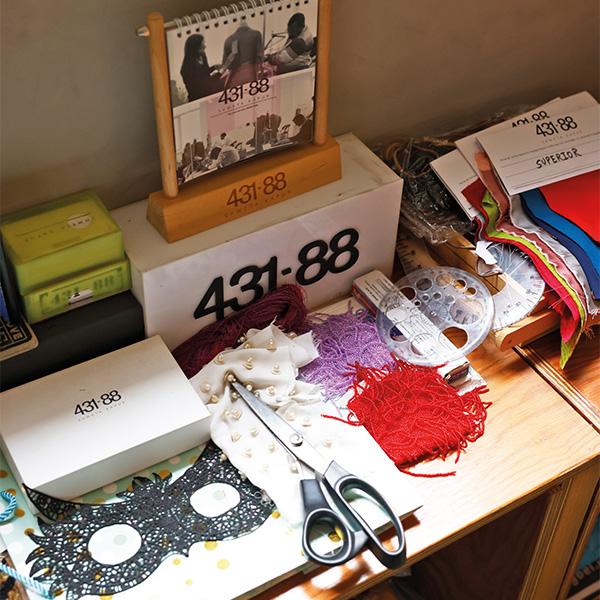
In a way, it set the precedent for Kapur’s recently launched bridal line. So, who is the 431-88 bride? I ask. “She’s a bit nuanced in her thinking, an intelligent bride who knows what she wants. She doesn’t need to wear loud clothes to make a statement. Clothes have to be like a whisper for her and not a screaming match. And even in a room full of loud statements, she’ll still turn heads in the simplest form.”
Whether it’s the bridal collection or her menswear line from last year, the underlying idea is to bring the convenience of making and wearing good clothes. “Talking about convenience, it’s also convenient for people who are making it, who are buying it, and who are selling it. So, that’s where the menswear started. Then, of course, we wanted to experiment with some textiles and tried to pre-drape the brocade saris. And, bridalwear happened. We want to see how this section goes,” she shares. While silhouettes and structure have been the mainstays for Kapur, she has never shied away from surface textures—from subtle embellishments, sequins, embroidered details, to fringes. When it comes to striking a continuity in terms of design and visual language while reinventing as a creative, Kapur adds, “There are certain things that I would love to do, but I can’t because it doesn’t fit into the brand personality anymore. Through the years, it’s not just limited to me anymore. There are many people right here whose energy goes into the brand, such as the sales team and the design team—they all have input. Everyone’s combined energy is making the brand a little more mature. We have kept the bridal collection very fluid. There’s nothing that will take the brand’s essence from it. We have fully embroidered and embellished outfits. But the fact that it’s still cut, styled, and worn in a cool way is what makes it intrinsically 431-88.” It’s all in the little nuance that the brand brings. It’s for the It girl, for the ‘cool kids’. “So, even if we make a plain T-shirt, there will be some element to it, which will make it a ‘431 88’ T-shirt,” Kapur makes a point.
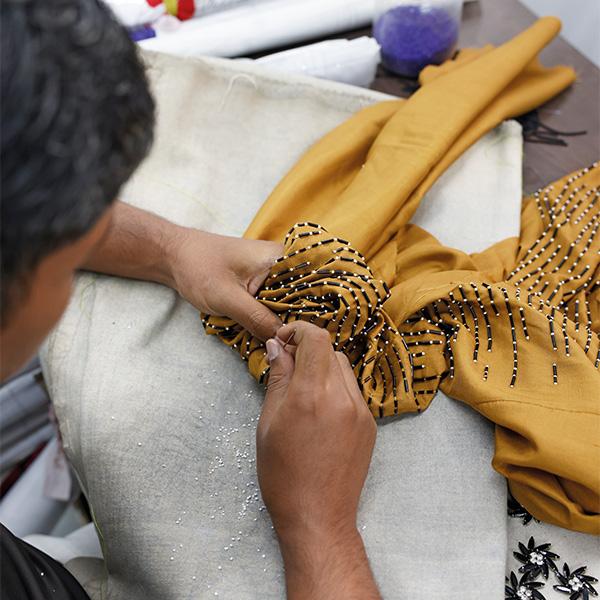
Inspiration, for the designer, always starts from her conditioning and how she viewed India while growing up. “It was a very different India from what it is now. It’s very global in its outlook at the moment. And what our parents saw was very traditional. We were the first or the second generation kids to study abroad. That mix of cultures is reflected in my designs. The inspiration will always, at least for silhouettes, be India-centric. It will always come from our drapes. As Indians, we never wanted to cut our fabrics and always used to drape them.” There’s always a second level of inspiration as well. Many elements come from nature, whether it be flowers or the underwater world. “I feel nature is the best designer,” Kapur adds. The design process is never linear for her. “For instance, if our inspiration is flowers, that’s the starting point, then we’ll go into what kind of flowers, explore the colours, and research textures. Once we set the mood board, from there we start experimenting with a lot of embroideries and surface texturing to see how we can bring the desired elements to life.” Additionally, the sales aspect also comes into the picture for Kapur—20 per cent of what has been selling well is balanced with 80 per cent of experimentation. “We take a particular type of embroidery and make it into a blouse, for example, or we make it into a shirt or just a pocket. Then we start placing things together, some things click, and others don’t. I try on most of my clothes because I like to see how it falls and then we make adjustments around it,” she explains.
The very essence of a collaborative approach has strengthened Kapur’s relationship with her karigars over time. “We argue, fight, and resort to jugaad to find a middle ground,” she smiles and adds, “It’s a flat organisation with no senior or junior hierarchy. Everyone’s equally important, and everyone’s work is equally important. The one who cleans the tables is as important as someone who designs clothes or looks after accounts. Collaboration is one of our core values, and it’s hammered on to whoever joins this company.” At the atelier, Kapur refers to herself as an intern, solving the day’s issues. “I wake up at 5:30 am, meditate, work out, and get my personal work done. In the office, I take rounds with basically everyone. The first hour is spent checking all the departments to see if everything’s in order. With design, it’s an ongoing process. We sit next to each other. So, it’s kind of fluid. However, with sales and production, I always spend a set time. Then, I have my personal homework where I have to learn every day how to run a business.”

The same values of teamwork extend to external creative interventions. Last year, Kapur collaborated with Ekaya Banaras on a capsule collection and artists Neil Ghose Balser and Doyel Joshi of Howareyoufeeling.studio for her exhibition, Pause (And Reflect). Some collaborations fall flat, while others do really well. But it’s always a learning experience, the designer feels. The larger goal is to get the teams involved in a different way of thinking, which is important. “You’re also offering something fresh to the customers. It’s really boring otherwise—look at fashion shows. How many shows will you go to? They all have a narrative, and I understand from a brand perspective that you have to stick to a single narrative. But it’s just monotonous.” With Balser and Joshi, Kapur twisted the entire concept of a fashion show. “For them also, it was not just an art exhibition, and for me, it was not a fashion exhibition. We found a middle ground that didn’t sell fashion or art. We were actually selling emotions…that’s why I think thoughtful collaborations are interesting.”
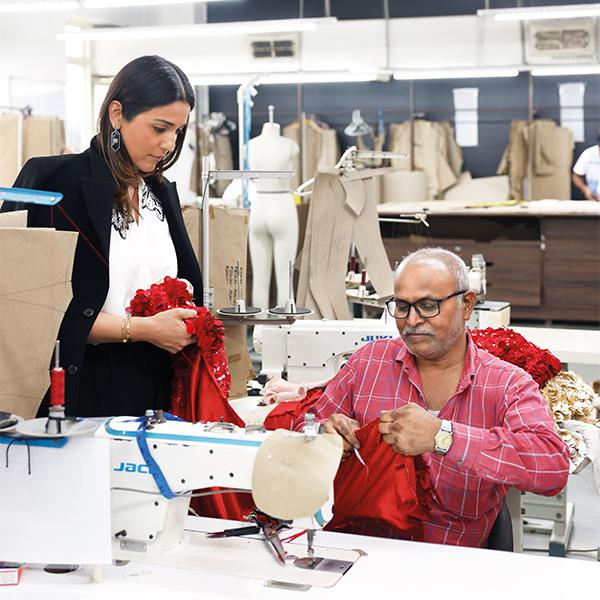
Being at the cusp of a modern Indian brand that is sexy in appeal and intelligent at heart, Kapur is genuinely excited about the brand’s growth. “We’re working very hard. And what’s more exciting is that the people working in the company are growing along as well. We are working on the next two collections, slated to launch in November and December. The maturity within the brand is evident in these collections. It’s genuinely very cool. We are also focusing on the business aspect. I’m personally learning a lot about numbers and growth. Hopefully, good and bigger things will come out of it,” Kapur concludes.
All images: Tongpangnuba Longchari
Also read: Your essential Cashmere edit: Soft, luxurious, and perfect for cooler months
Also read: Indian designers who know how to build a global presence that lasts

